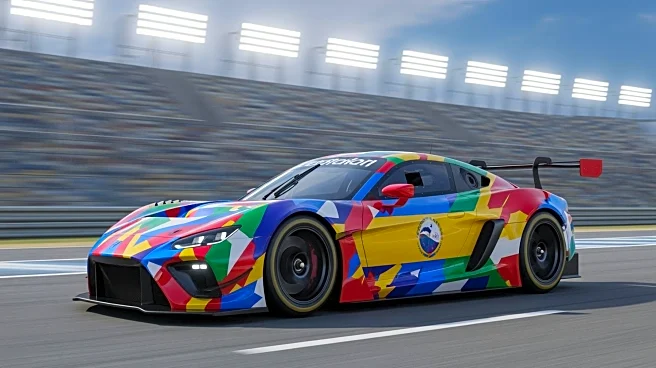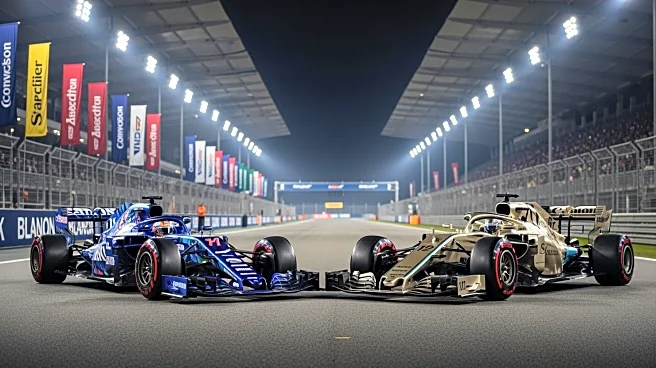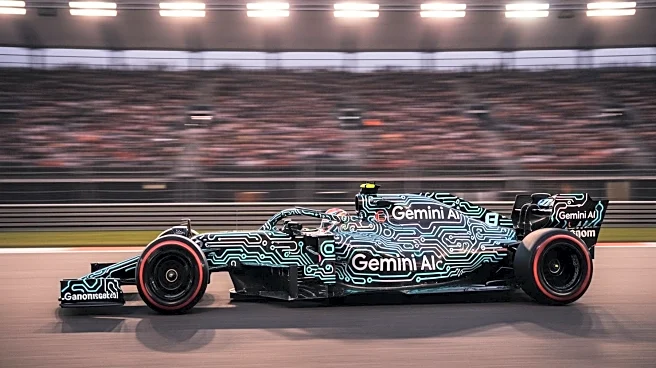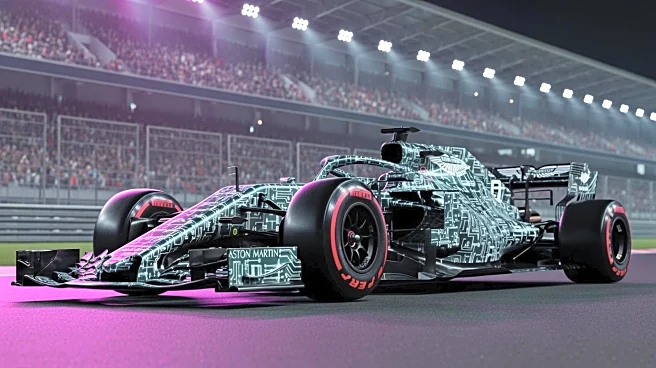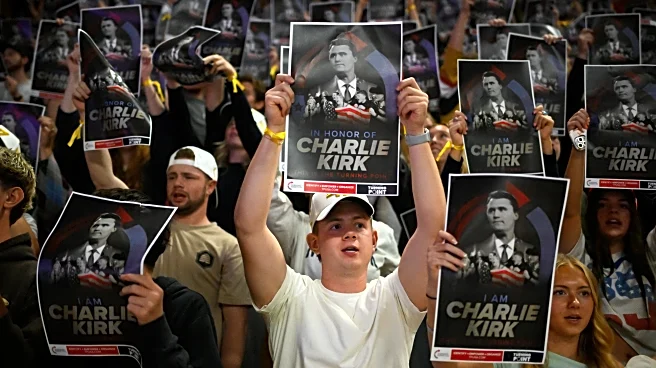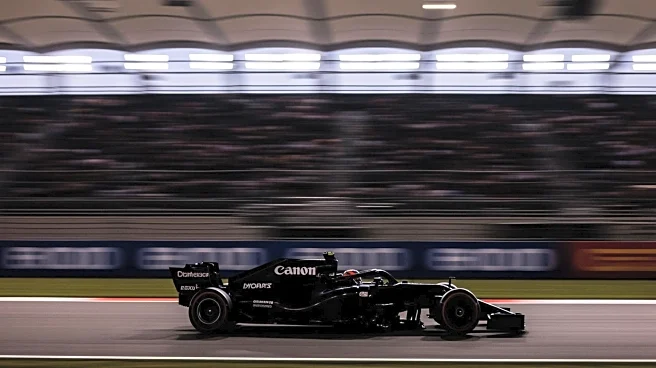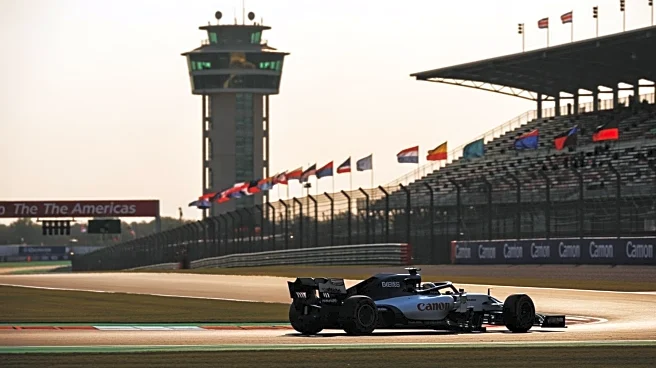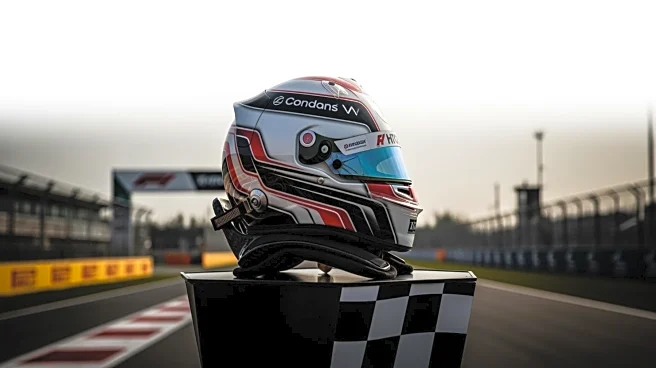What's Happening?
Alpine has announced a change to its livery for the upcoming United States Grand Prix at the Circuit of the Americas. The modification includes a bright yellow section featuring the logo of sponsor Mercado
Libre on the rear wing and engine cover. This change is part of a broader strategy to engage with Latin American fans, as the team plans promotional events in Mexico, Brazil, and Argentina. Franco Colapinto, Alpine's driver, is a significant figure in this initiative, representing Latin America's growing presence in Formula 1. Other teams, including McLaren, Aston Martin, Williams, Racing Bulls, and Haas, have also introduced special liveries for the event, marking the highest number of livery changes in a single round this year.
Why It's Important?
The livery changes by Alpine and other teams underscore the increasing influence of Latin America in Formula 1. This region is experiencing a surge in interest and passion for the sport, driven by millions of fans. By incorporating elements that resonate with Latin American audiences, teams are not only enhancing their brand visibility but also fostering deeper connections with a growing fan base. This strategic move could lead to increased sponsorship opportunities and market expansion in Latin America, benefiting both the teams and the sport's global reach.
What's Next?
Alpine's revised livery will also be used in the upcoming races in Mexico City and Brazil, accompanied by promotional events aimed at engaging local fans. The team's focus on Latin America suggests a long-term strategy to capitalize on the region's enthusiasm for Formula 1. As the sport continues to grow in popularity, other teams may follow suit, potentially leading to more races and events in Latin American countries. This could further solidify the region's role in the global Formula 1 landscape.
Beyond the Headlines
The emphasis on Latin America by Alpine and other teams highlights the cultural and economic shifts within Formula 1. As the sport diversifies its fan base, it may also influence the types of sponsorships and partnerships teams pursue. This could lead to a broader range of cultural representations within the sport, reflecting the diverse backgrounds of its global audience. Additionally, the focus on Latin America may inspire young drivers from the region to pursue careers in Formula 1, potentially altering the demographic makeup of future competitors.
